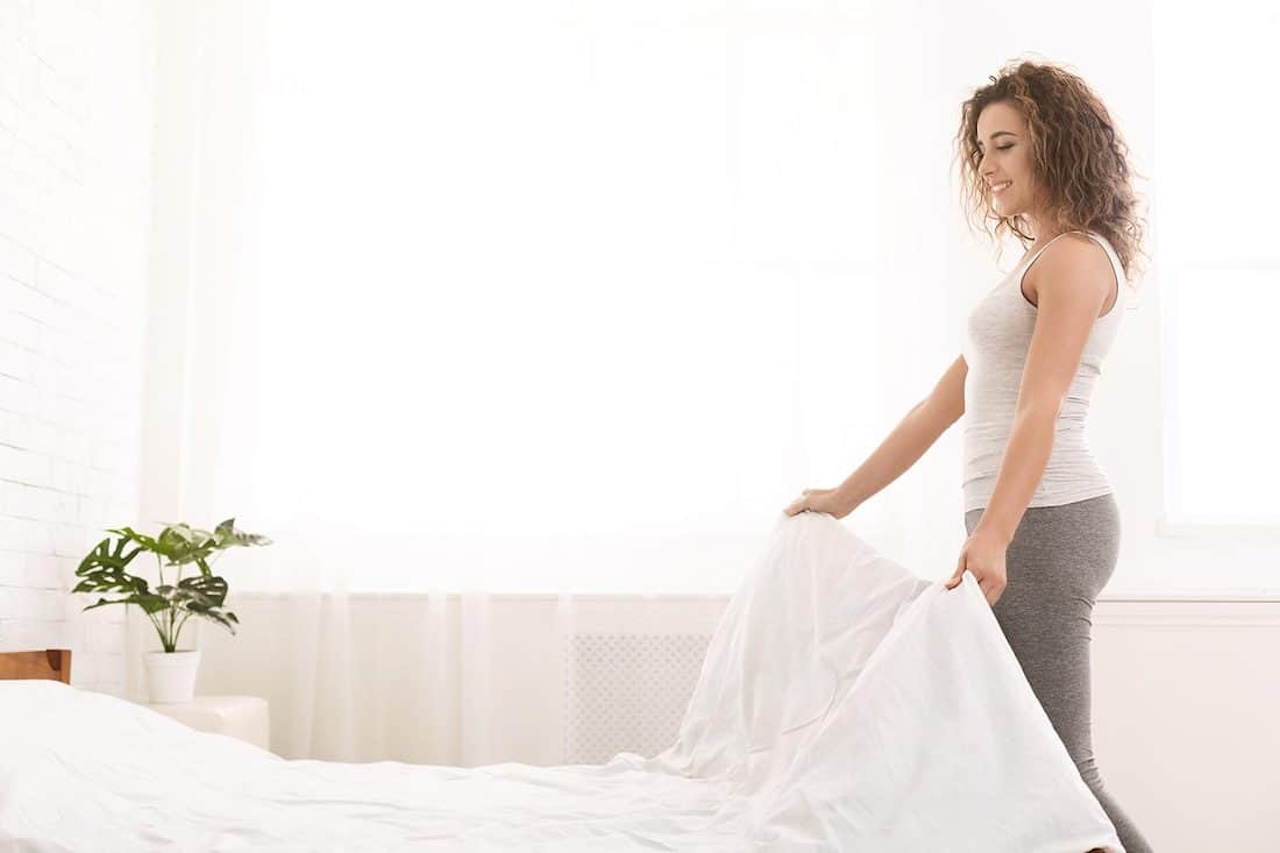

Articles
What Goes First: Fitted Or Flat Sheet
Modified: January 23, 2024
Discover the correct order for putting on your sheets! Find out whether the fitted or flat sheet should go first in this informative article.
(Many of the links in this article redirect to a specific reviewed product. Your purchase of these products through affiliate links helps to generate commission for Storables.com, at no extra cost. Learn more)
Introduction
In the realm of bedding and linens, one common question that often arises is: what goes first, the fitted sheet or the flat sheet? While each has its own purpose and benefits, it’s important to understand the differences between the two and how they contribute to a comfortable and restful night’s sleep.
Bedding plays a vital role in creating a cozy and inviting atmosphere in the bedroom. No one wants to toss and turn on wrinkled sheets or feel confined by an ill-fitting bed covering. That’s why it’s essential to know the proper order of placing the fitted and flat sheets on your bed.
Understanding the function of each type of sheet is crucial in determining their order. Let’s dive deeper into the characteristics and benefits of fitted sheets and flat sheets, and then explore both sides of the debate: which sheet goes first?
Key Takeaways:
- The debate over whether to use a fitted sheet or a flat sheet first ultimately comes down to personal preference and individual sleep habits, allowing for a customized bedding setup that suits individual needs and comfort preferences.
- Understanding the characteristics and benefits of both fitted sheets and flat sheets can guide the decision-making process, enabling individuals to create a cozy, inviting, and restful sleeping space that promotes a good night’s sleep and leaves them feeling refreshed and rejuvenated each morning.
Read more: What Goes First: Fitted Sheet Or Flat Sheet
Understanding Fitted Sheets
Fitted sheets are designed to snugly fit over your mattress, thanks to their elasticized corners. This tight fit ensures that the sheet stays in place throughout the night, providing a smooth and wrinkle-free surface for you to sleep on. Fitted sheets are typically made of soft and breathable materials such as cotton, bamboo, or microfiber.
When selecting a fitted sheet, it’s essential to consider the depth of your mattress. Fitted sheets come in a range of pocket depths to accommodate different mattress sizes and thicknesses. This ensures a secure fit and prevents the sheet from slipping or bunching up while you sleep.
One of the key advantages of fitted sheets is their convenience. The elasticized corners make it easy to put them on and take them off, saving you time and effort when making your bed. Additionally, the snug fit of a fitted sheet helps prevent it from slipping off the corners of the mattress, ensuring a smooth sleeping surface.
Fitted sheets are also available in various colors, patterns, and thread counts, allowing you to personalize your bedding and match your decor. They can be bought individually or as part of a sheet set, which often includes a flat sheet and pillowcases.
Overall, fitted sheets provide a practical and functional solution for keeping your mattress protected, ensuring a comfortable and secure sleep environment.
Understanding Flat Sheets
Flat sheets, also known as top sheets, are rectangular pieces of fabric that are placed on top of the fitted sheet. Unlike fitted sheets, flat sheets are not fitted with elasticized corners. Instead, they are laid flat on the bed and tucked in on the sides and foot of the mattress.
Flat sheets are typically made from the same soft and breathable materials as fitted sheets, such as cotton or linen. They provide an additional layer of insulation and comfort between you and the blanket or duvet. Flat sheets can also help protect your bedding from sweat, oils, and stains.
One of the main purposes of the flat sheet is to act as a barrier between you and the heavier bedding layers. This can be especially beneficial during warmer months when a blanket or duvet might be too heavy or warm. The flat sheet allows you to adjust your comfort level by adding or removing layers as needed.
Another advantage of flat sheets is their versatility. They can be easily removed and laundered, keeping your bedding fresh and clean. Additionally, flat sheets can be used as lightweight covers during hot summer nights or as a makeshift bed cover when the duvet or comforter is being cleaned.
Flat sheets also come in a variety of colors, patterns, and designs, allowing you to add a touch of style to your bed. They can be coordinated with other bedding elements, such as pillowcases or bed skirts, to create a cohesive and aesthetically pleasing look.
While some people prefer to forgo the use of a flat sheet and simply use a fitted sheet and blanket or duvet, many others find value in having a separate layer of fabric between them and the heavier bedding elements.
Ultimately, the choice to use a flat sheet or not depends on personal preference and individual comfort levels.
Debate: Fitted Sheet vs Flat Sheet
The debate over whether to use a fitted sheet or a flat sheet first has sparked discussions among bedding enthusiasts for years. Both sides have valid arguments, and the decision ultimately comes down to personal preference.
- Flat Sheet First: Those who advocate for putting the flat sheet first argue that it provides an extra layer of protection and comfort between you and the fitted sheet. By placing the flat sheet on the mattress first, you create a barrier that helps keep the fitted sheet clean and free from direct contact with your body. Additionally, having the flat sheet as the first layer makes it easier to adjust and tuck it in securely.
- Fitted Sheet First: On the other hand, proponents of putting the fitted sheet first assert that it provides a more secure foundation for the bed. By placing the fitted sheet on the mattress first, you ensure that it fits snugly and stays in place throughout the night. This can be particularly beneficial for restless sleepers who tend to toss and turn. Additionally, having the fitted sheet as the first layer allows for a neater and more organized bed-making process.
It’s important to note that while the debate exists, there is no definitive right or wrong answer. The decision ultimately comes down to personal preference and individual sleep habits.
Some people may find that using both a fitted sheet and a flat sheet provides the desired level of comfort and protection. Others may prefer the simplicity and ease of just using the fitted sheet and blanket or duvet. It’s all about finding what works best for you.
It’s worth trying out both methods to see which one you prefer. Experiment with different combinations and observe how each option affects your sleep quality and overall comfort. By doing so, you can make an informed decision and create a bedding setup that suits your individual needs and preferences.
Benefits of Fitted Sheets
Fitted sheets offer numerous benefits that contribute to a comfortable and hassle-free sleeping experience. Here are some key advantages of using fitted sheets:
- Secure Fit: One of the primary benefits of fitted sheets is their ability to provide a secure fit over the mattress. The elasticized corners ensure that the sheet stays in place throughout the night, preventing it from shifting or coming loose. This results in a smooth and wrinkle-free sleeping surface, enhancing overall comfort.
- Easy to Use: Fitted sheets are incredibly easy to put on and take off the mattress. The elasticized corners make it a breeze to stretch the sheet over the mattress, ensuring a snug and secure fit. This convenience saves time and effort when making the bed or changing the sheets.
- Protection for the Mattress: Fitted sheets act as a protective layer for the mattress, shielding it from spills, stains, dust, and sweat. These sheets help extend the lifespan of the mattress by preventing damage and keeping it clean. It is easier to remove and clean a fitted sheet than having to clean the entire mattress.
- Enhanced Sleep Quality: The smooth, wrinkle-free surface of a fitted sheet can contribute to a more comfortable and uninterrupted sleep. The snug fit of the sheet prevents it from bunching up or becoming loose, ensuring a seamless sleeping surface that promotes better sleep quality.
- Variety of Styles and Materials: Fitted sheets come in a wide range of colors, patterns, and materials, allowing you to customize your bedding to suit your personal style and preferences. Whether you prefer crisp white cotton or vibrant microfiber, there is a fitted sheet that matches your taste and complements your bedroom decor.
- Convenience: Fitted sheets are designed for convenience. They are easy to remove for washing and can be dried and ironed quickly. Their elasticized corners make reapplying them to the mattress a simple task. This convenience ensures that your bedding remains fresh, clean, and inviting at all times.
In summary, fitted sheets offer a snug and secure fit, protect the mattress, enhance sleep quality, come in a variety of styles, and offer convenience for easy care and maintenance. These benefits make fitted sheets a popular choice for creating a comfortable and aesthetically pleasing sleeping environment.
Always start with the fitted sheet when making your bed. This will ensure a smooth and secure base for the rest of your bedding.
Benefits of Flat Sheets
Flat sheets, also known as top sheets, offer several benefits that contribute to a comfortable and versatile bedding setup. Here are some key advantages of using flat sheets:
- Added Comfort: Flat sheets provide an extra layer of comfort between you and the blanket or duvet. It creates a soft and smooth surface to sleep on, enhancing overall comfort. The flat sheet can also act as a lightweight cover during warm nights, allowing for better temperature regulation.
- Adjustability: The use of a flat sheet allows for easy adjustment of bedding layers according to your comfort level. If you feel too hot or too cold during the night, you can simply add or remove blankets or duvets without having to change the fitted sheet. This flexibility promotes a better sleep experience.
- Protection for Bedding Layers: Flat sheets act as a protective barrier for the blankets, duvets, or comforters placed on top of them. They help prevent direct contact between your body and the heavier bedding layers, thereby extending their lifespan and reducing the need for frequent washing or dry cleaning.
- Easy Maintenance: Flat sheets are easier to remove and launder compared to thicker bedding layers. They can be quickly washed, dried, and ironed, making them more convenient for regular cleaning. This helps maintain a fresh and hygienic sleeping environment.
- Multiple Uses: Flat sheets have versatile uses beyond just being a bed cover. They can be used as a makeshift cover for a sofa or as a picnic blanket. On a hot summer night, a flat sheet can serve as a light and breathable cover for a comfortable night’s sleep.
- Aesthetic Appeal: Flat sheets come in a wide range of colors, patterns, and designs, allowing you to add a decorative touch to your bedding ensemble. Coordinating the flat sheet with pillowcases, throw pillows, or bed skirts can create a cohesive and visually appealing look for your bed.
Overall, flat sheets offer added comfort, adjustability, protection for bedding layers, ease of maintenance, versatility, and the opportunity to enhance the aesthetic appeal of your bed. Their inclusion in a bedding setup provides a practical and stylish solution for a restful and inviting sleeping environment.
Determining Which Sheet to Use First
When it comes to deciding which sheet to use first, there is no definitive right or wrong answer. It ultimately comes down to personal preference and individual sleep habits. Here are a few factors to consider when making your decision:
- Comfort: Consider your personal comfort level when deciding which sheet to use first. Some people may prefer the softness and smoothness of a flat sheet directly against their skin, while others may find the snug fit of a fitted sheet more comfortable. Experiment with both options to see which one provides a better sleep experience for you.
- Temperature Regulation: Think about the climate and temperature in your bedroom. Flat sheets can provide an additional layer of insulation during colder months, while some individuals may find it more comfortable to sleep without a flat sheet during hot summer nights. Consider the season and adjust your bedding accordingly.
- Bed Making Routine: Take your bed-making routine into account. If you prefer a more organized and structured appearance, placing the fitted sheet first may be your preference. On the other hand, if you value the ease of making the bed and like the idea of an extra layer of protection with the flat sheet, then placing it first may be the way to go.
- Bed Size: Consider the size of your bed. For larger beds, it may be easier to place the fitted sheet first to ensure a secure fit and prevent it from slipping or coming loose. Smaller beds may offer more flexibility in choosing which sheet to use first.
- Personal Hygiene: If you value cleanliness and want an extra layer of protection for your fitted sheet, using a flat sheet as the first layer can help in maintaining a clean and fresh sleeping surface. This can be particularly beneficial if you sweat at night or if you have pets that sleep on the bed.
Ultimately, the decision of which sheet to use first should be based on what makes you feel most comfortable and aligned with your sleep preferences. Experiment with different approaches, listen to your body, and consider the factors mentioned above to determine the best order for your bedding layers.
Remember, the beauty of having choices is that you can always switch things up and try different combinations until you find the one that suits you best.
Factors to Consider
When it comes to deciding between using a fitted sheet or a flat sheet first, there are several factors to consider. These factors can help you make an informed decision and create a bedding setup that aligns with your personal preferences and sleep needs. Here are some factors to consider:
- Comfort: Consider your personal comfort level when choosing the order of your sheets. Some people find the softness and smoothness of a flat sheet against their skin more comfortable, while others prefer the snug fit and security of a fitted sheet. Think about what feels most comfortable for you during sleep.
- Climate and Season: Take into account the climate and season when deciding which sheet to use first. In colder months, a flat sheet can provide an extra layer of warmth and insulation, while during the summer, you may prefer the coolness and breathability of a fitted sheet alone.
- Bedding Layers: Consider the type and number of bedding layers you use. If you prefer a minimalistic approach with just a fitted sheet and a blanket or duvet, you may choose to skip the use of a flat sheet. However, if you have multiple layers of blankets or duvets, a flat sheet can provide added comfort and help protect the other bedding layers.
- Bed-making Routine: Think about your bed-making routine and preferences. If you like a neat and structured look, placing the fitted sheet first can make it easier to tuck in the flat sheet and create a tidy appearance. If you prefer a more casual or relaxed look, starting with a flat sheet may be more suitable.
- Personal Hygiene: Consider your personal hygiene preferences. A flat sheet can provide an extra layer of protection for your fitted sheet, helping to keep it clean and extend its lifespan. This can be particularly useful if you tend to sweat at night or if you have pets that sleep on the bed.
- Individual Sleep Habits: Take into account your individual sleep habits. If you tend to move around a lot during sleep, a fitted sheet can offer a secure fit that stays in place, providing you with uninterrupted rest. Alternatively, if you prefer the freedom of movement and less constraint, using a flat sheet as the first layer may be more suitable for you.
Ultimately, the decision of whether to use a fitted sheet or a flat sheet first is a personal one. Consider these factors, listen to your own preferences and needs, and experiment with different combinations to find the bedding setup that works best for you.
Remember, the goal is to create a comfortable, inviting, and restful sleep environment that meets your individual requirements and ensures a good night’s sleep.
Personal Preference
When it comes to the debate of using a fitted sheet or a flat sheet first, personal preference plays a significant role. Each individual may have their own unique preferences and reasons for choosing one over the other. Here are some points to consider regarding personal preference:
- Sleeping Habits: Your sleeping habits can greatly influence your choice. If you tend to move a lot during sleep and find that the fitted sheet tends to come off or become disheveled, you may prefer using a flat sheet first for added stability. Conversely, if you prefer the feeling of a tight fit and like the simplicity of just using a fitted sheet, that may be your preference.
- Skin Sensitivity: If you have skin sensitivity or allergies, you may find that using a flat sheet first provides an additional layer of protection and prevents direct contact between your skin and the fitted sheet. This can help reduce any possible skin irritation or discomfort.
- Bed-Making Routine: Your bed-making routine can also influence your preference. Some individuals may enjoy the ease and simplicity of starting with a fitted sheet and then adding a flat sheet as the top layer. Others may prefer the traditional method of starting with the flat sheet and then tucking in the fitted sheet for a clean and tidy look.
- Aesthetic Preference: Consider your aesthetic preferences when deciding which sheet to use first. If you enjoy the visual appeal of neatly tucked in bedding layers with the flat sheet as the top layer, that may be your preference. Alternatively, if you prefer a more minimalistic look with just the fitted sheet and a blanket or duvet, that may be more visually appealing to you.
- Habit and Tradition: Personal preferences can also be influenced by habit and tradition. If you grew up with a specific order of bedding layers and it brings a sense of familiarity and comfort, you may choose to continue following that tradition. On the other hand, if you’re open to trying new approaches and exploring different options, you may consider experimenting with the order of your sheets to find what works best for you.
Ultimately, personal preference takes precedence when it comes to deciding whether to use a fitted sheet or a flat sheet first. Consider your unique needs, comfort level, aesthetic preference, and the practicality of your bed-making routine. Remember that there’s no right or wrong answer—it’s about finding what works best for you and creating a bedding setup that brings you comfort and satisfaction.
Don’t be afraid to try different approaches and see how they affect your sleeping experience. Through exploration and understanding your own preferences, you can create a sleep environment that is tailored to your individual needs and provides the optimal comfort you deserve.
Read more: How To Use Flat Sheet Into A Fitted Sheet
Conclusion
The debate over whether to use a fitted sheet or a flat sheet first may not have a definitive answer, as it largely depends on personal preference and individual sleep habits. Understanding the characteristics and benefits of both fitted sheets and flat sheets can help guide your decision-making process.
Fitted sheets provide a secure fit, convenience, and protect the mattress. They are easy to use, maintain, and offer a variety of styles and materials to choose from. On the other hand, flat sheets add an extra layer of comfort, adjustability, and protection for bedding layers. They are versatile, easy to maintain, and offer opportunities to enhance the visual appeal of your bed.
When determining which sheet to use first, consider factors such as comfort, climate, bed-making routine, personal hygiene, and individual sleep habits. Personal preference emerges as a significant factor in making this decision, as it encompasses your own comfort preferences, aesthetic taste, and habits that you have developed over time.
Ultimately, there is no right or wrong answer. The choice of using a fitted sheet or a flat sheet first is a personal one that should be based on your own preferences and needs. Experiment with different combinations, listen to your body, and fine-tune your bedding setup to create a sleep environment that provides the comfort, hygiene, and aesthetic appeal that aligns with your individual desires.
Remember, the key is to create a cozy, inviting, and restful sleeping space that promotes a good night’s sleep and leaves you feeling refreshed and rejuvenated each morning. So go ahead, make a choice that suits you best, and sleep soundly knowing you’ve found the perfect bedding arrangement for your personal comfort and style.
Frequently Asked Questions about What Goes First: Fitted Or Flat Sheet
Was this page helpful?
At Storables.com, we guarantee accurate and reliable information. Our content, validated by Expert Board Contributors, is crafted following stringent Editorial Policies. We're committed to providing you with well-researched, expert-backed insights for all your informational needs.

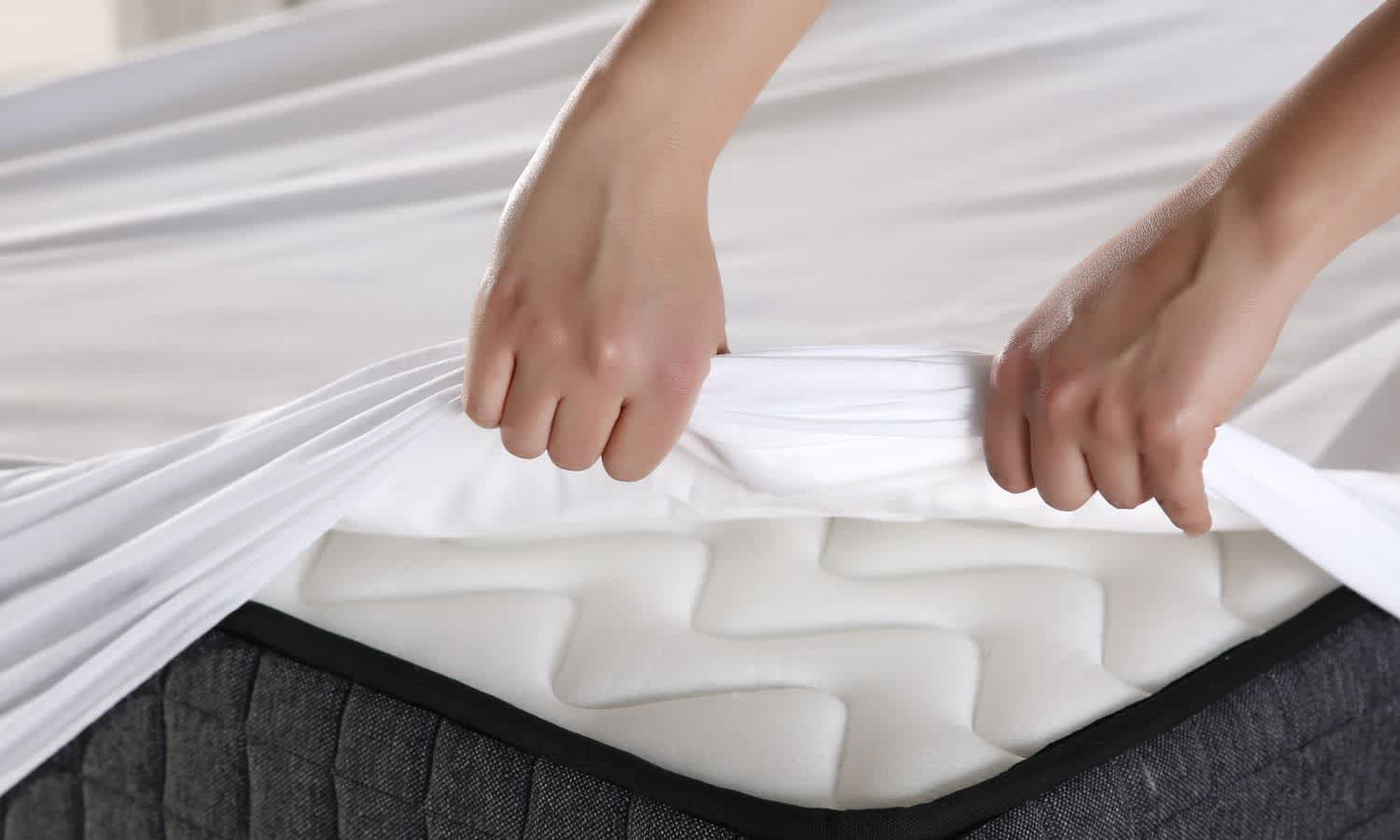
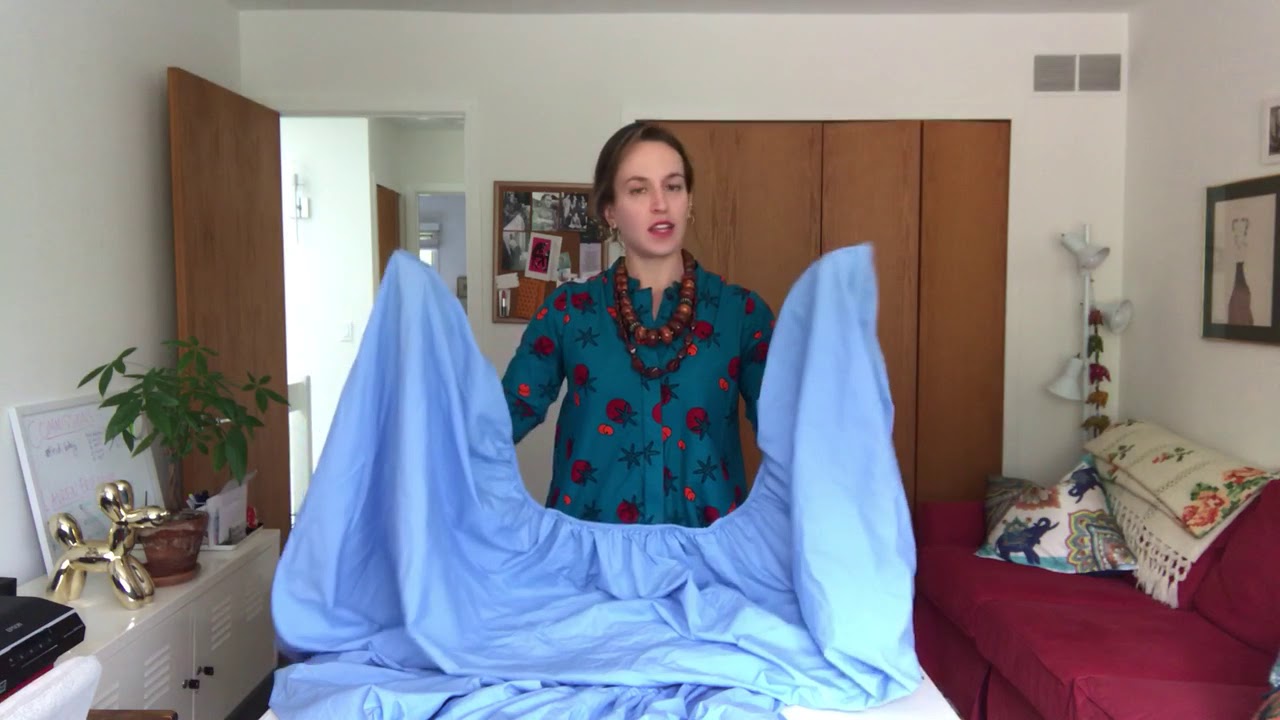
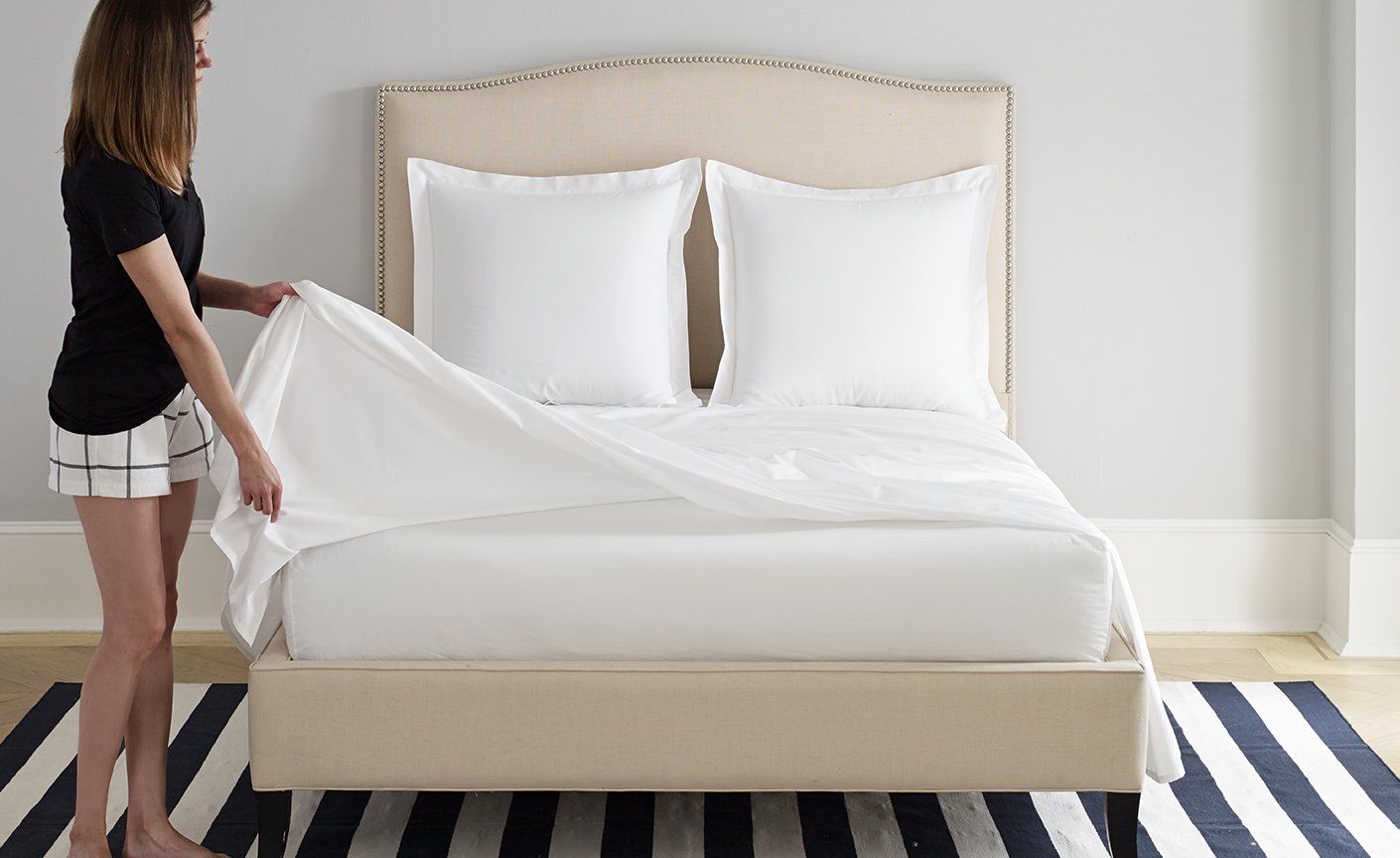
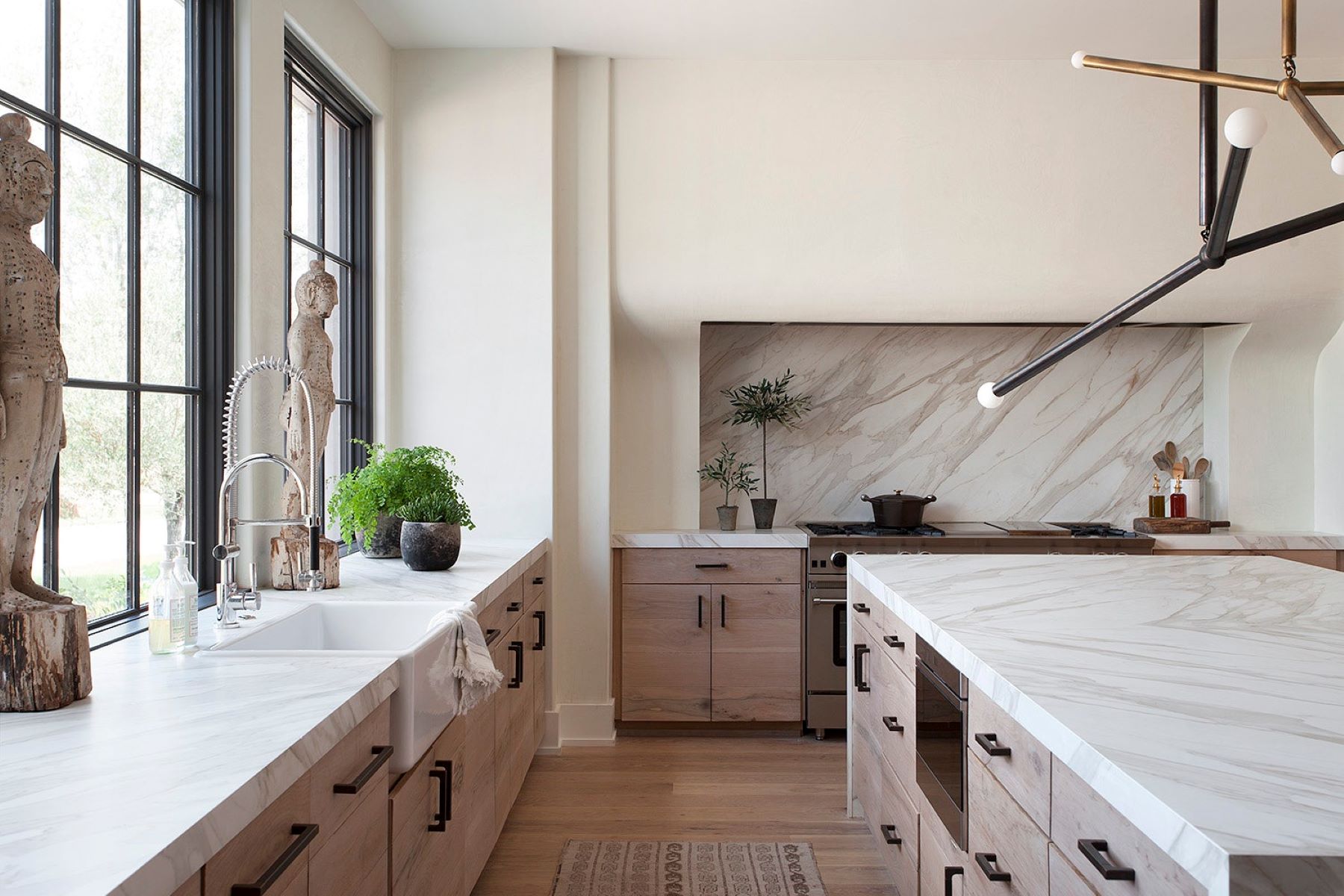
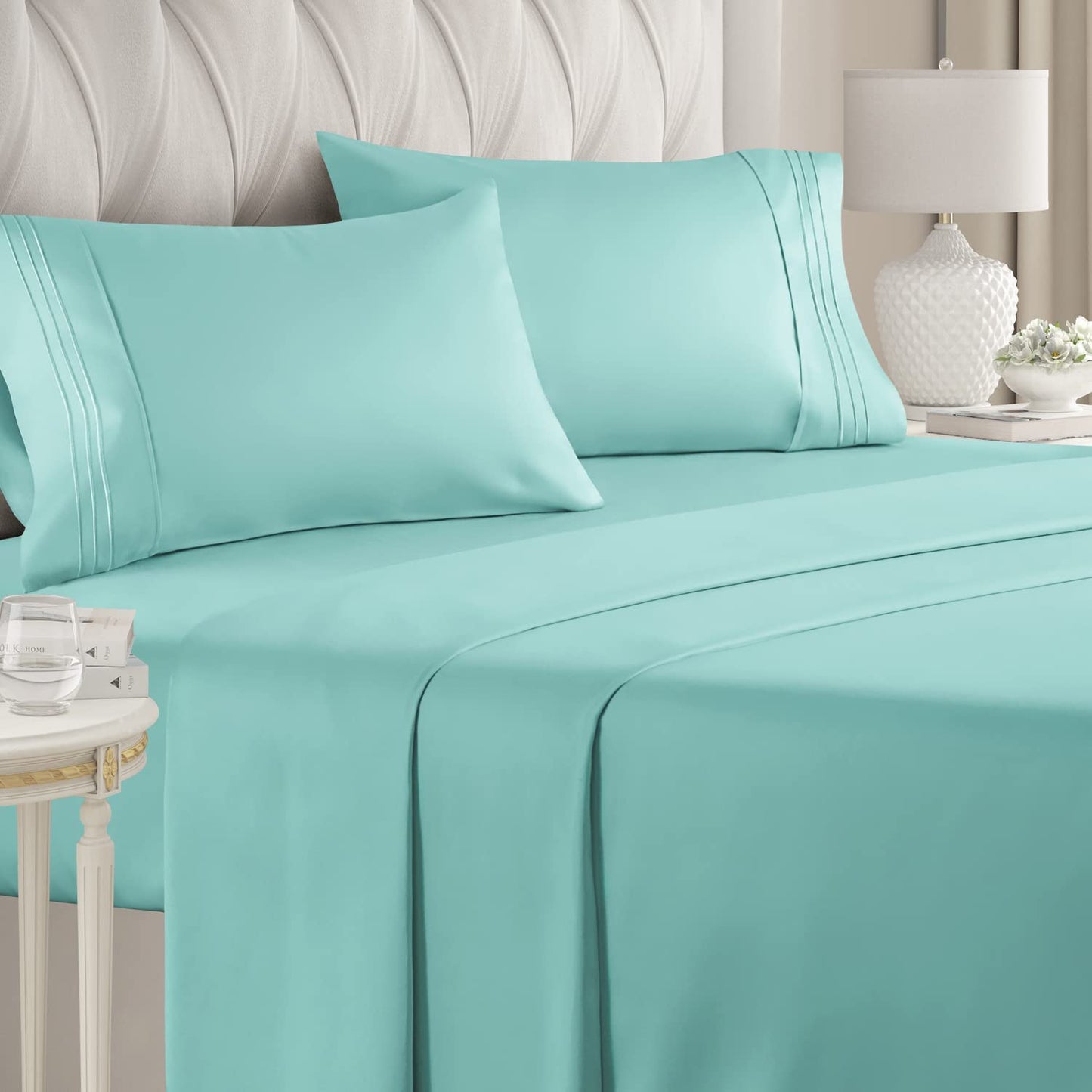
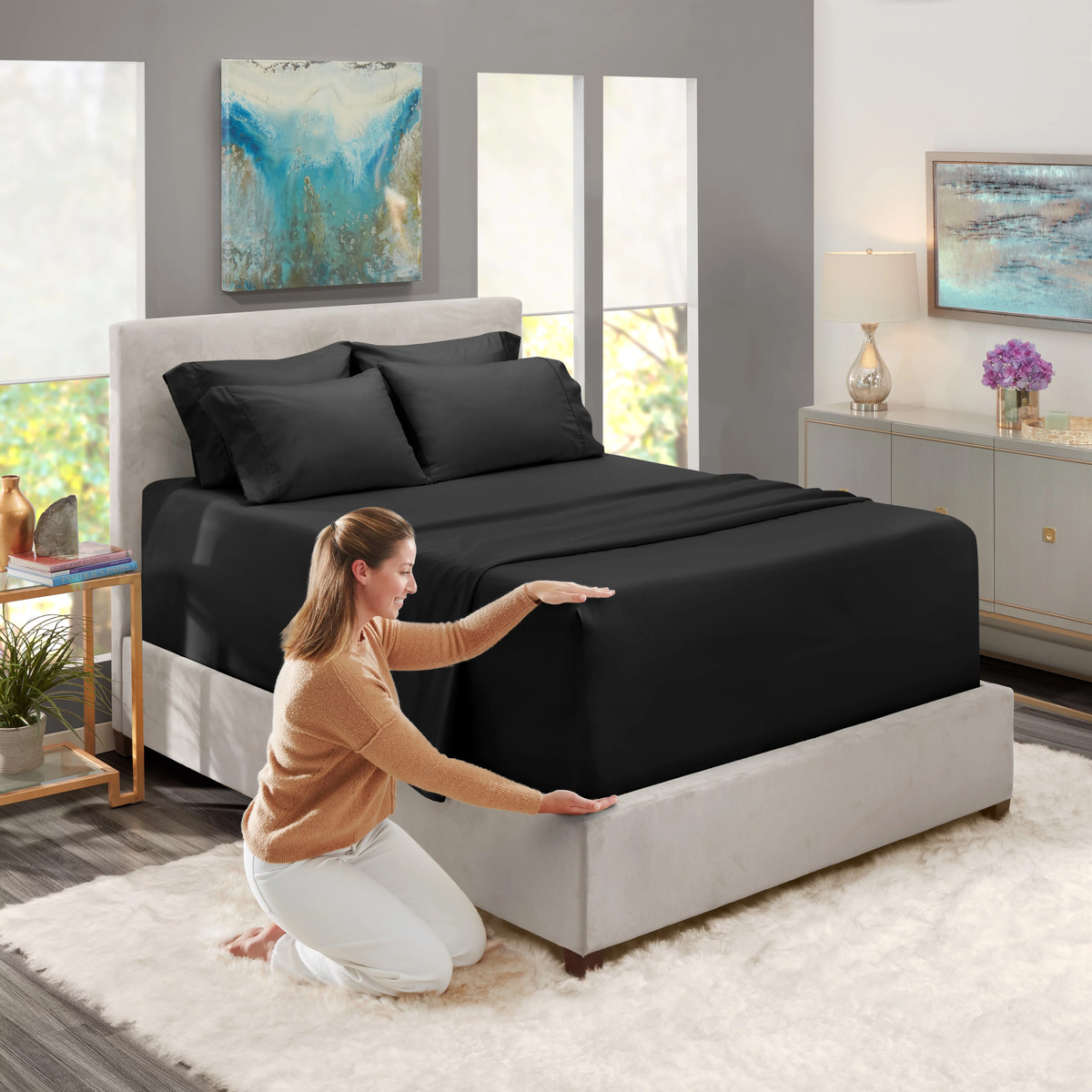
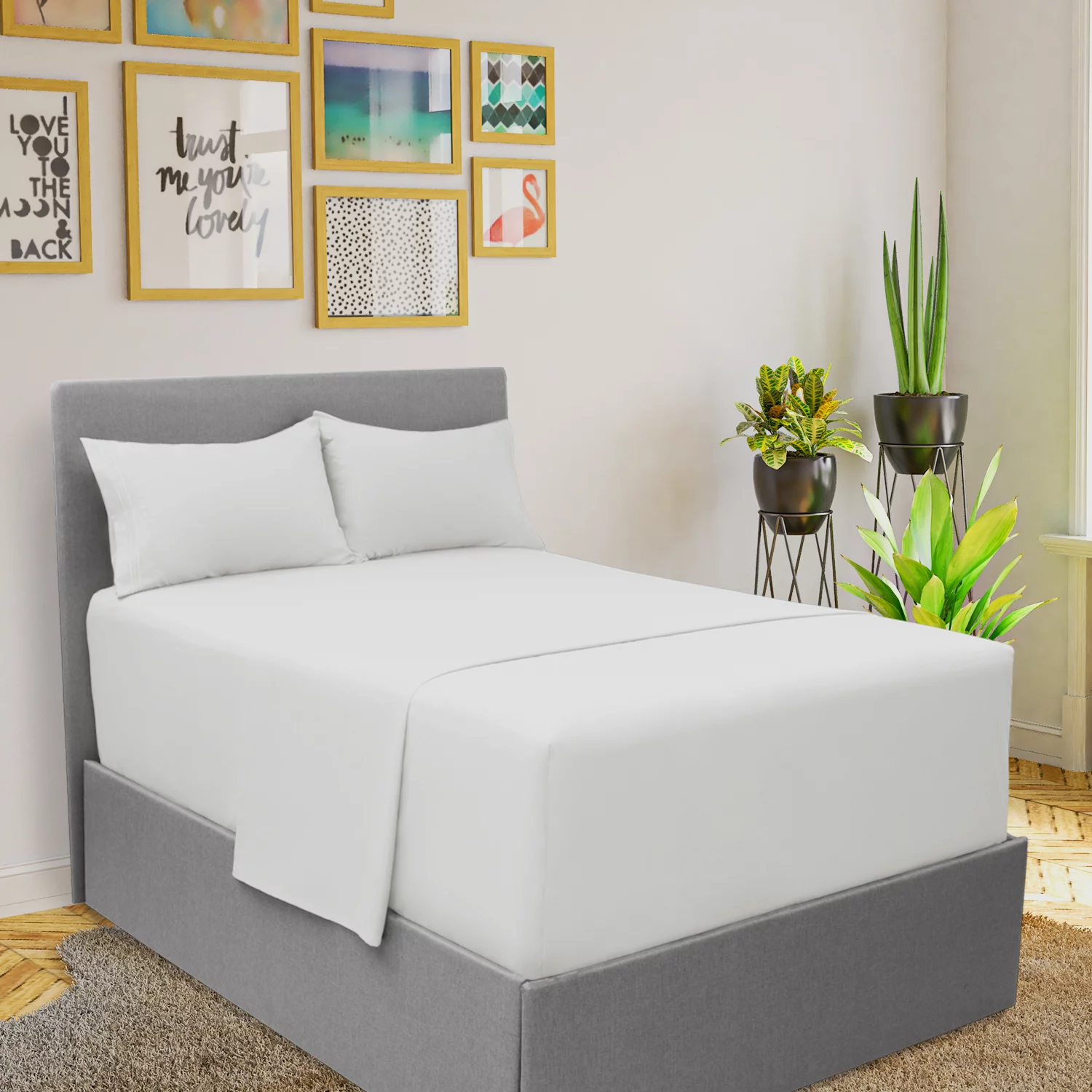
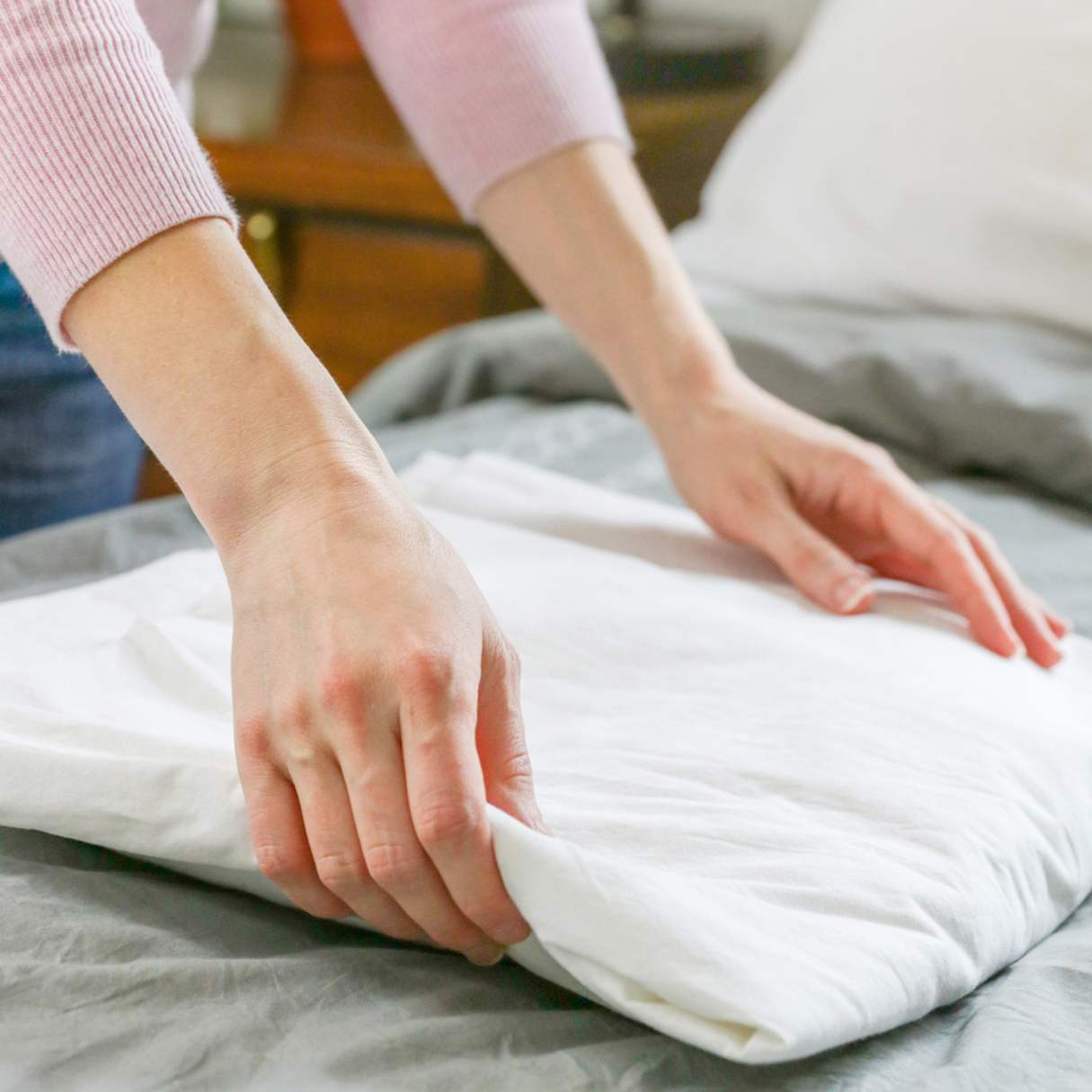
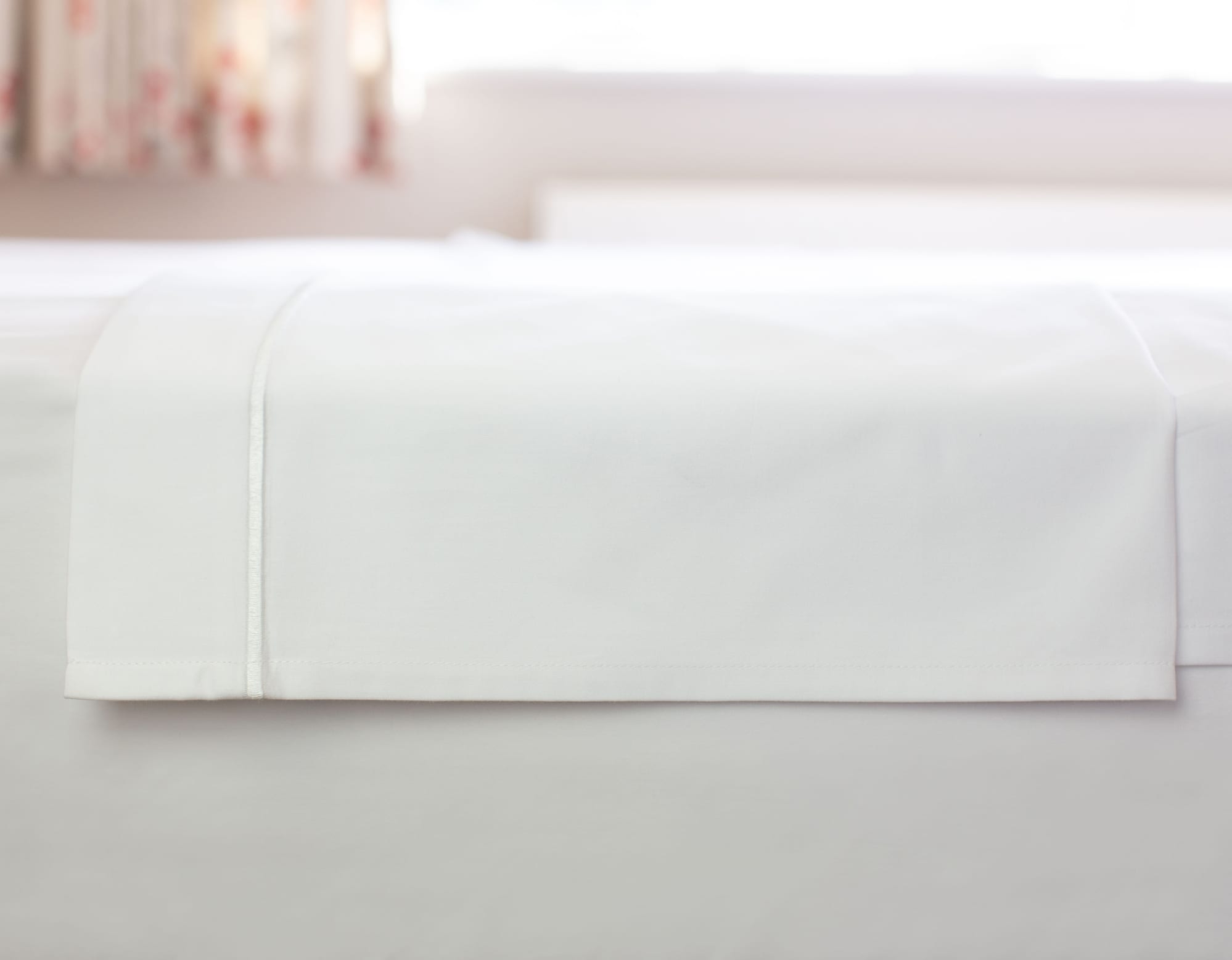
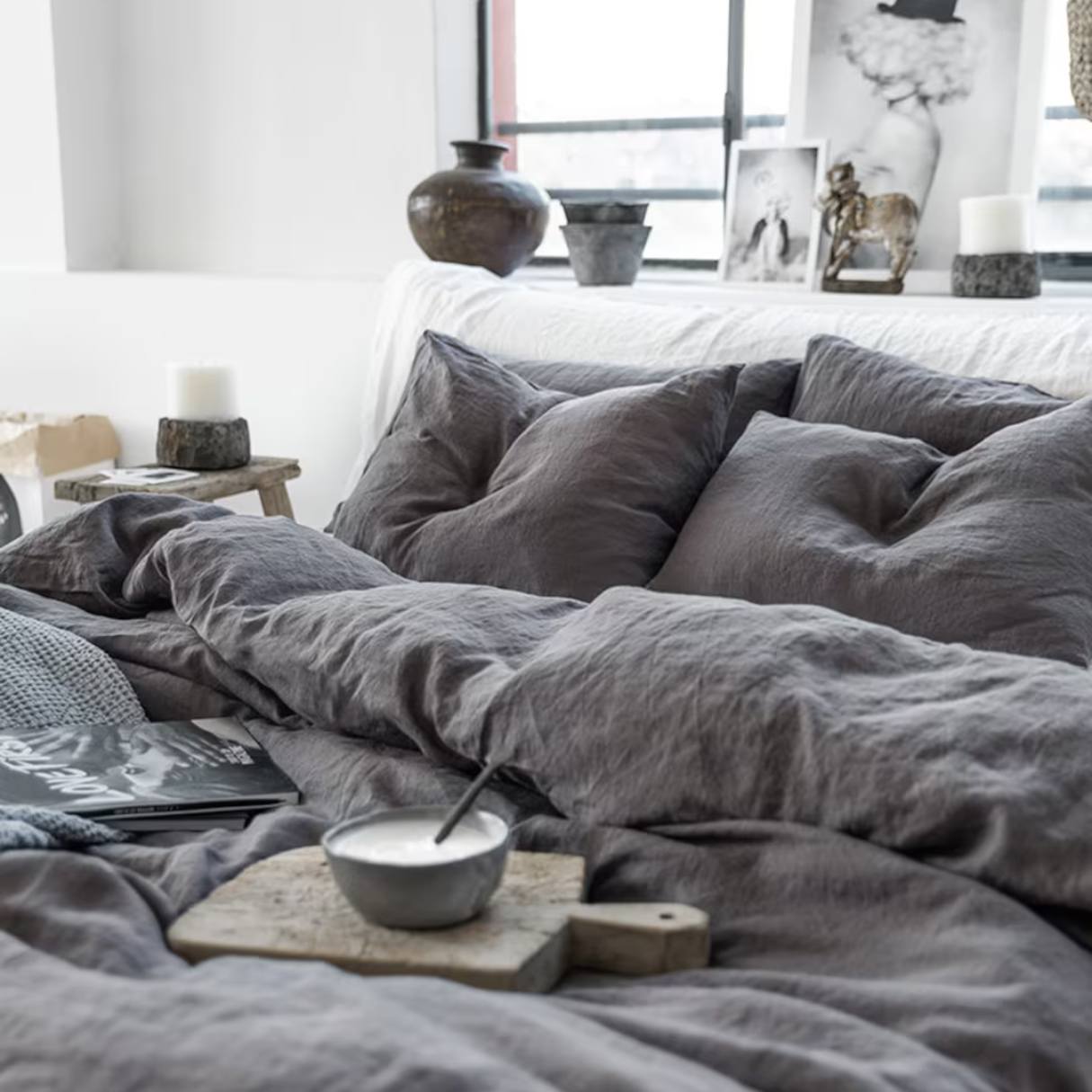
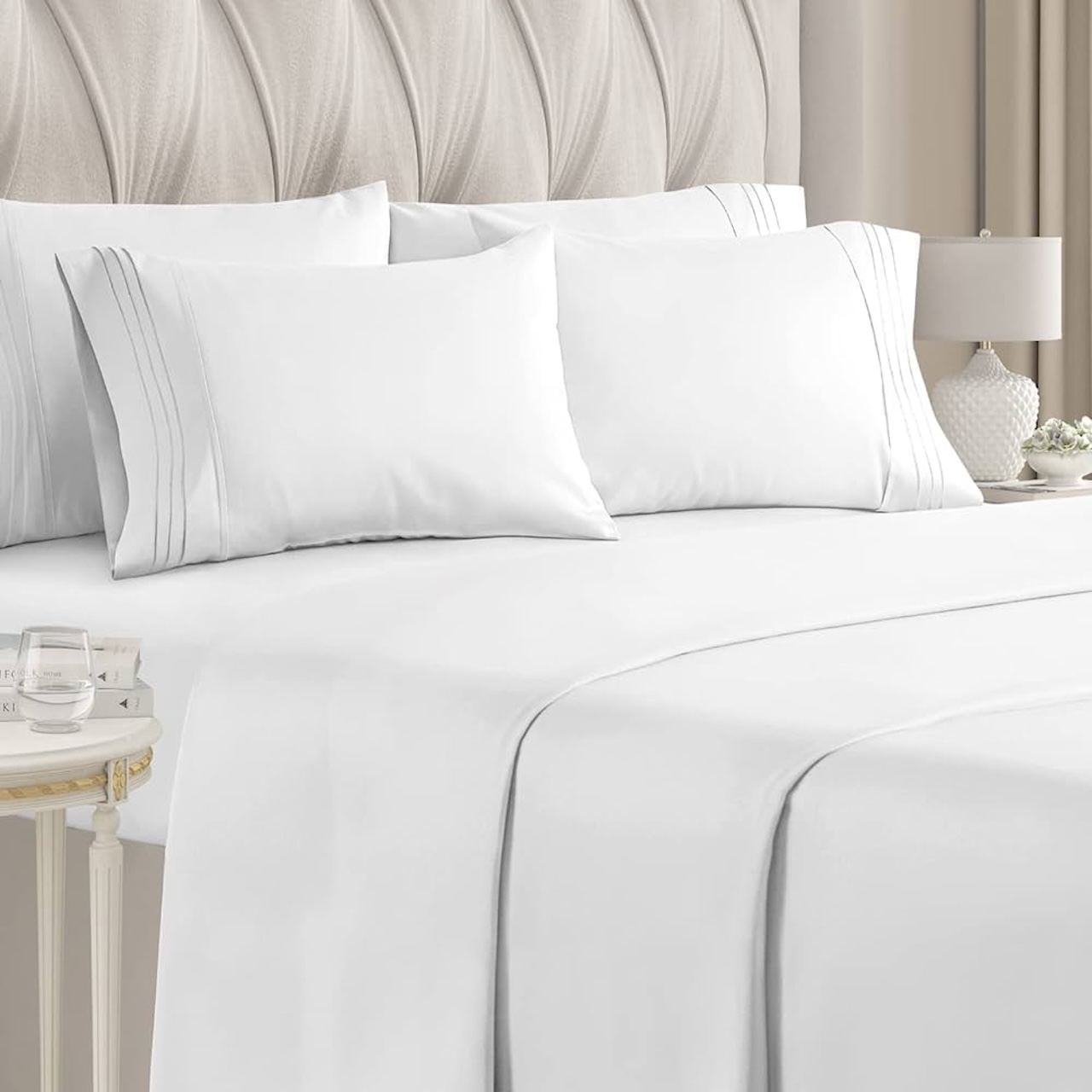
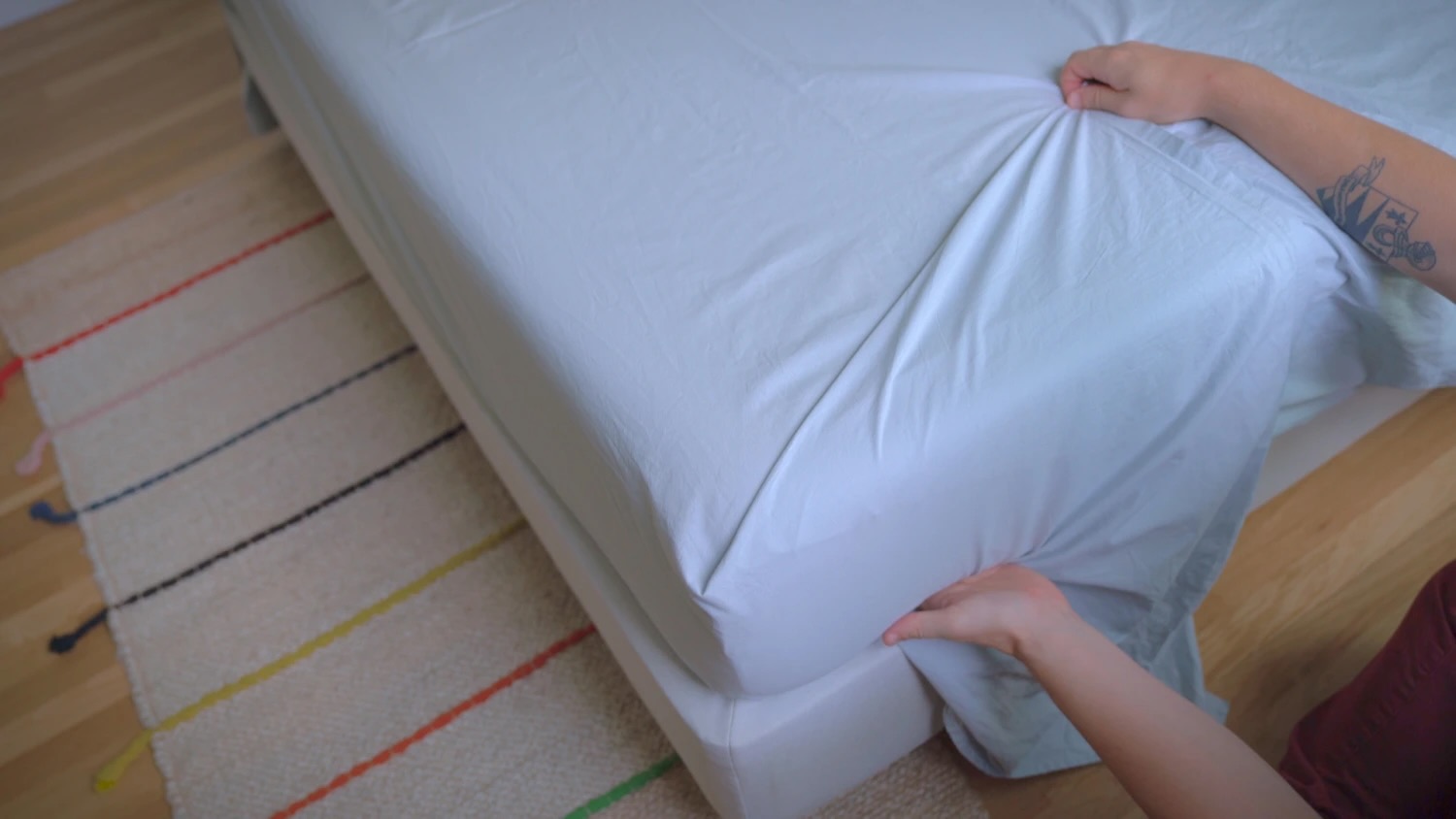

0 thoughts on “What Goes First: Fitted Or Flat Sheet”